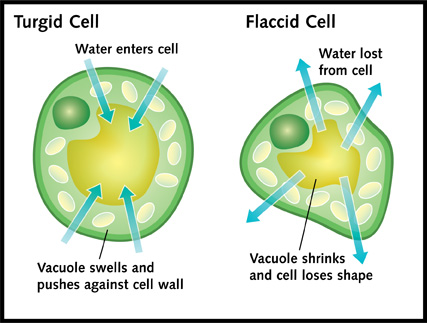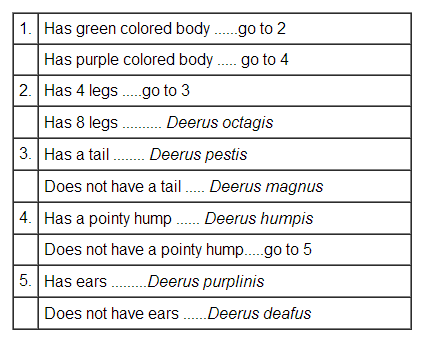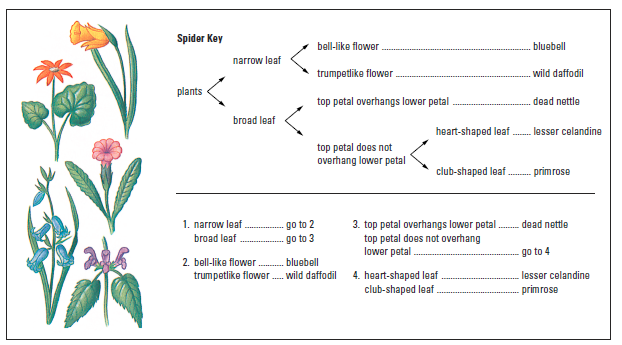eQuizShow
7th Final Part2
Organ Functions
Question: Most digestion occurs in this organ
Answer: Small intestine
Question: Which organ pulls liquid waste out of the blood?
Answer: Kidney
Question: Which areas of the heart contain oxygen-rich blood?

Answer: The two parts colored red contain oxygen-rich blood.
Question: Which organ makes bile?
Answer: The liver
Question: Saliva contains enzymes that break carbohydrates into sugars. Is this physical or chemical change?
Answer: Chemical change
Organ System Functions
Question: Pump oxygen, nutrients, and waste throughout the body is the job of the ____________ system.
Answer: Circulatory
Question: Which organ system handles gas exchange?
Answer: Respiratory system
Question: The excretory system works with the ______________ system and the ________________ system to get rid of wastes the body does not need.
Answer: Respiratory and integumentary
Question: Which organ system makes new blood cells, protects internal organs, and provides a framework for muscles?
Answer: The skeletal system
Question: Cells of the body receive nutrients as a result of what two systems working together?
Answer: Digestive and circulatory
Homeostasis
Question: Which is an example of an organism's response to an internal stimuli in order to maintain homeostasis?
1. A rabbit runs and hides from a predator
2. A bat hibernates in winter to conserve energy
3. The temperature of a plant increases in the sun
4. A bird forages for food because it feels hungry
Answer: The bird forages for food (response) because it feels hungry (internal stimuli).
Question: Organisms can respond to external stimuli in their environment internally.
Which of the following correctly identifies an external stimulus that triggers an internal response?
Hunger causes eating food
Thirst causes drinking water
Fever causes sweating
Being frightened causes muscles to tense
Answer: Being frightened causes muscles to tense
Question: A bird sings a warning call to a cat.
What is the stimulus?
What is the response?
Answer: Stimulus- cat
Response- song
Question: What is the stimuli and the response in this picture?

Answer: Stimulus- cold temperature
Response- Shivering
Question: Using the word cells and water, explain why this plant is not in homeostasis.

Answer: The vacuoles in the cells of the plant are not full of water, so the plant is wilted.

Dichotomous Keys
Question: 
Use the key to identify the organism D.

Answer: Deerus purplinus
Question: What is the next step in this dichotomous key?

1A. the leaf is compound (made up of leaflets) --- Go to 2.
1B. the leaf is simple--- Go to 3.
-
2A. The leaf has round leaflets --- Texas Mountain Laurel
2B. the leaf has _____________ --- Go to 4.
Answer: pointed leaflets
Question: Identify the orange flower.

Answer: Wild daffodil
Question: If you used this dichotomous key to classify a dog, which organism name would have to be replaced with the word "dog?"

Answer: The word lizard would have to be replaced with dog.
Question: When using a dichotomous key to identify many items, where does one always have to start?

Answer: One always starts at number 1 with each new object.
Miscellaneous
Question: A seed sprouts in a moist environment. What causes that to happen?

Answer: Water enters the seed and increases pressure inside the seed, causing the seed coat to split open and allowing the plant to grow.
Question: What percent of offspring will be purebred dominant?

Answer: 25% TT
Question: The liver, gallbladder, and esophagus are parts of the _______________ system.
Answer: Digestive
Question: Food moves through your digestive system as a result of the action of
1. Voluntary muscles
2. Cardiac muscles
3. Involuntary muscles
4. Skeletal muscle
Answer: Involuntary muscle
Question: Coordinating responses to stimuli is the function of the _______________ system.
Answer: Nervous











